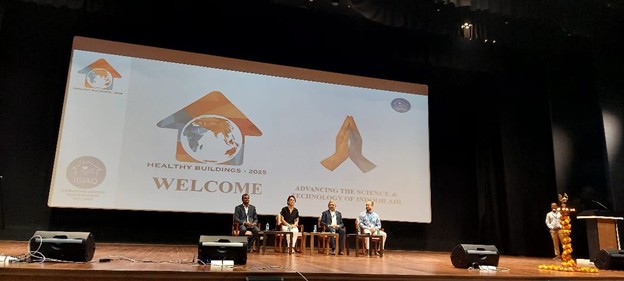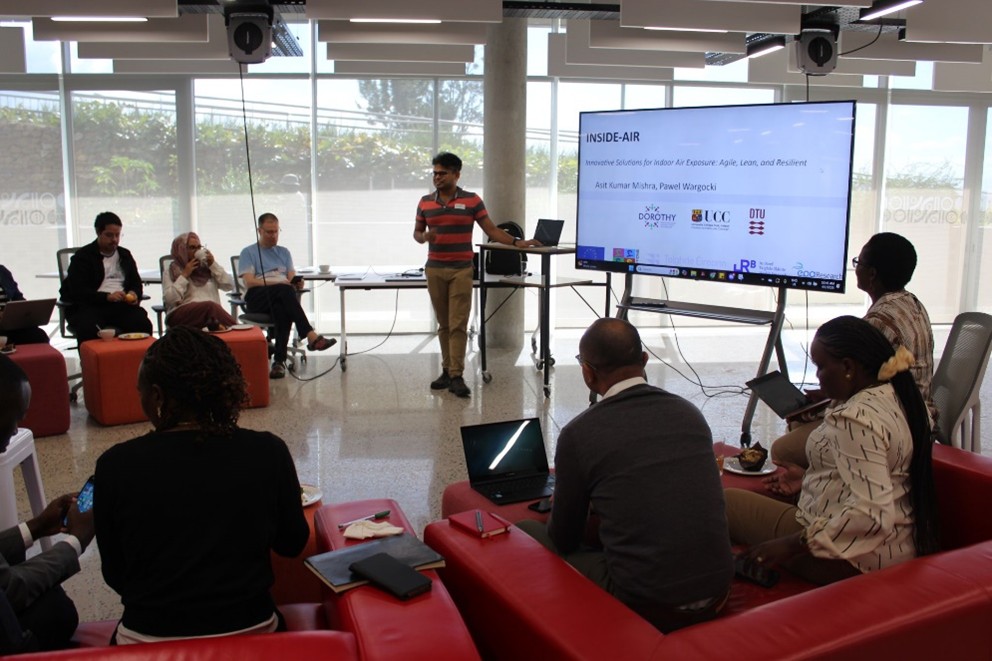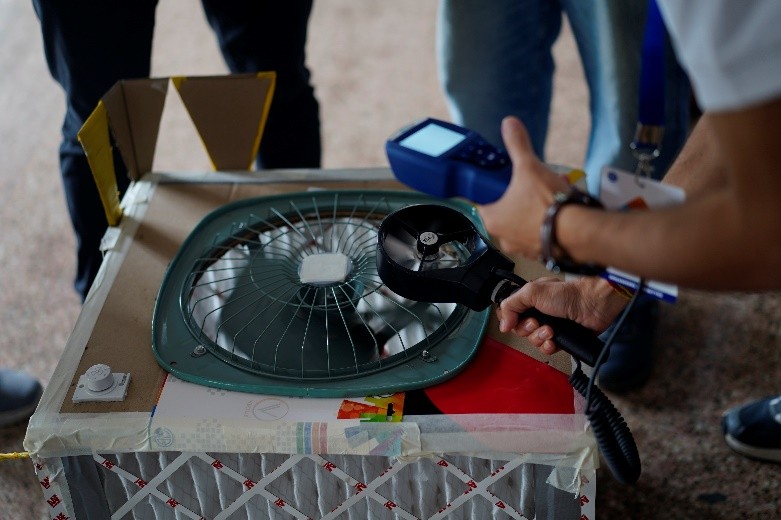Expanding Our Perspective: The Hidden Biases of Indoor Environmental Quality Researchers
Posted: 17 October, 2025

Attending the Healthy Buildings 2025 Asia conference was not just an opportunity to explore the latest research—it was a moment for deep reflection. One session focused on how our backgrounds—cultural, socioeconomic, and environmental—shape our perceptions and professional approaches. Recent research on cognitive biases in construction and environmental compliance shows that confirmation bias significantly influences risk perception, while occupant-centric design research emphasizes the critical importance of genuine stakeholder engagement. How much do our own experiences, as researchers, color the way we interpret buildings and their impact on occupants?

Beyond the Obvious: Rethinking Why Issues Arise
As indoor environmental quality (IEQ) researchers, it’s tempting to view every performance or health issue in a building as rooted in air quality or thermal dynamics. But current literature reveals a more nuanced reality. For instance, when a school struggles to attract students, it likely has more to do with the perceived quality of teaching than its indoor air quality. When employees express frustration with hot desking, research on occupant satisfaction suggests it may stem less from temperature variations and more from psychological factors like lack of personal space and territorial ownership.
Current studies demonstrate that occupant satisfaction is governed by complex interactions between environmental factors and human behavior. When it comes to investing in solutions, people naturally prioritize what matters most to them in their current context. While IEQ significantly impacts occupant well-being and productivity, both organizations and individuals often focus their limited attention and resources on more visible or immediately pressing concerns.
Empathy and Cross-Disciplinary Insight: Bridging the Gap
Meaningful change requires moving beyond traditional disciplinary silos toward interdisciplinary collaboration that includes behavioral science, psychology, and social sciences. Our real challenge as researchers and advocates is to “make the case” for indoor quality in a way that resonates with people’s lived realities, priorities, and resource constraints.

A Personal Journey of Perspective Shift
This shift in perspective was crystallized for me through my current DOROTHY fellowship, which was designed to encourage cross-disciplinary efforts to address future public health challenges. It gave us the opportunity to work on the health impact of classroom indoor climate and its relevance to public health. It also allowed me to step beyond the silo of my discipline—a mechanical engineer interested in indoor climate conditioning—and collaborate with experts in public health and epidemiology. This important transdisciplinary project helped me gain new skills and view my own research domain from a completely different angle. Working alongside public health professionals illuminated how differently we frame problems, prioritize solutions, and communicate findings.
Everyone’s Cognitive Resources Are Limited
In an age of information overload, how often do people—students, employees, building managers—walk into a room thinking about CO₂ levels, noise, or humidity? Usually, they have “99 problems” on their mind, and our design intention should be to ensure that “IEQ ain’t one.” Of course, the invisibility of the problem makes it difficult to raise awareness.
Strategic, Human-Centered Outreach in an Age of Overload
Recent research on occupant experience prioritization reveals facility managers face significant challenges in balancing competing demands, with tight budgets (77%) and conflicting priorities (57%) as major barriers. If our outreach is too technical, abstract, or disconnected from real concerns, it risks being drowned out in the noise.
Cross-disciplinary collaboration—blending insights from behavioral science, psychology, education, and management—is essential for creating accessible and compelling messaging. Evidence from occupant-centric building operation studies shows that successful implementations require fundamental changes in how we communicate with and engage building stakeholders.

Empathy in Action: A Hands-On Workshop
A workshop we organized during the conference challenged budding IEQ researchers to create and test DIY portable air cleaners. Working in diverse groups, participants were asked to put themselves in the shoes of a homeowner seeking an economical way to provide clean air for their family. Could their DIY ideas offer this user agency over their indoor environment without relying solely on market-based solutions?
Conclusion: Listening, Tailoring, and Acting with Empathy
Let us pause, listen, and tailor our efforts. By integrating empathy into both our research and outreach, we can ensure that indoor environmental quality receives the focused attention it deserves—without competing with or minimizing the priorities of others.